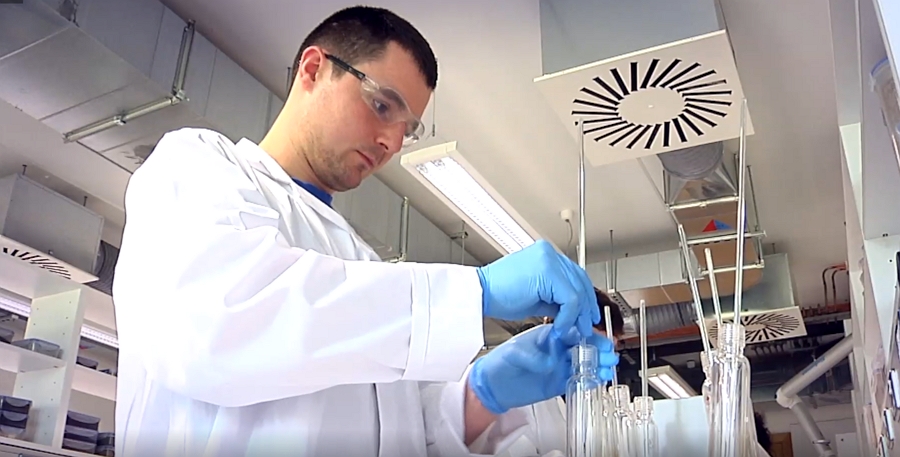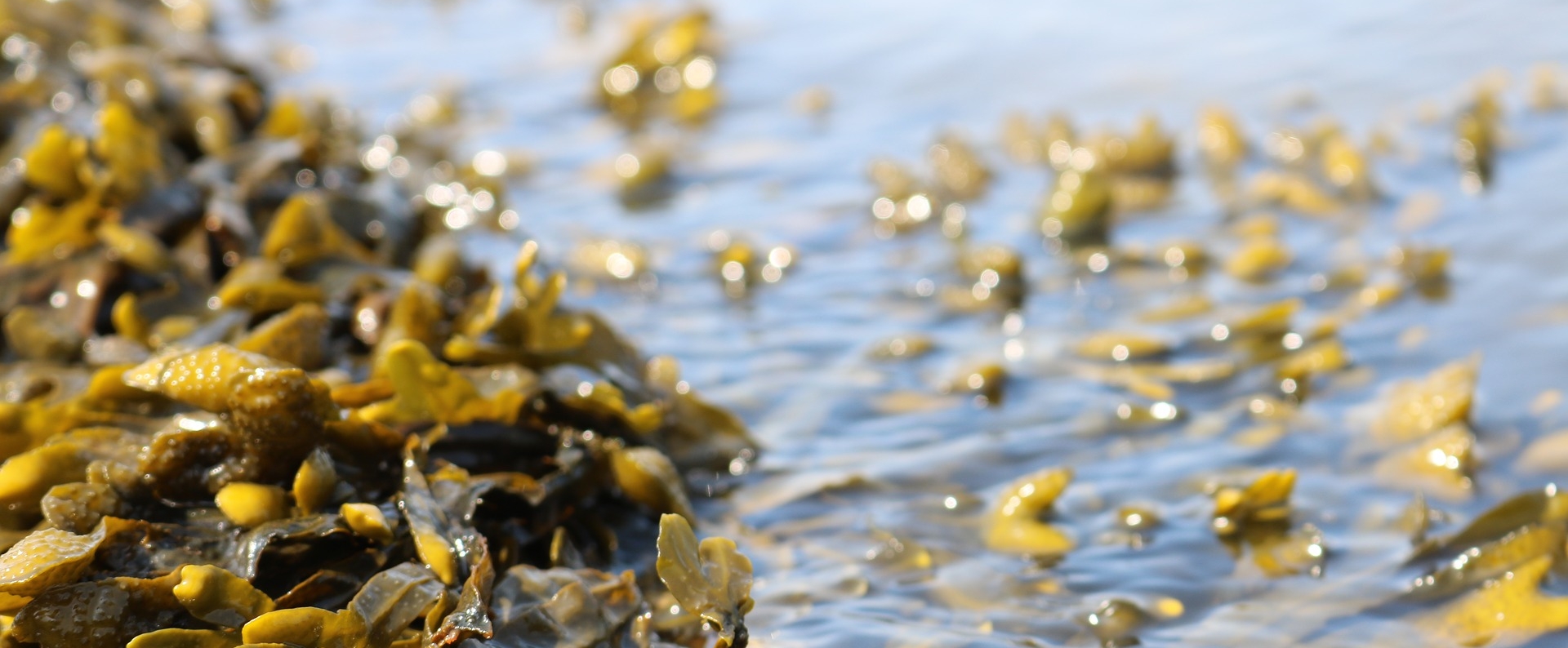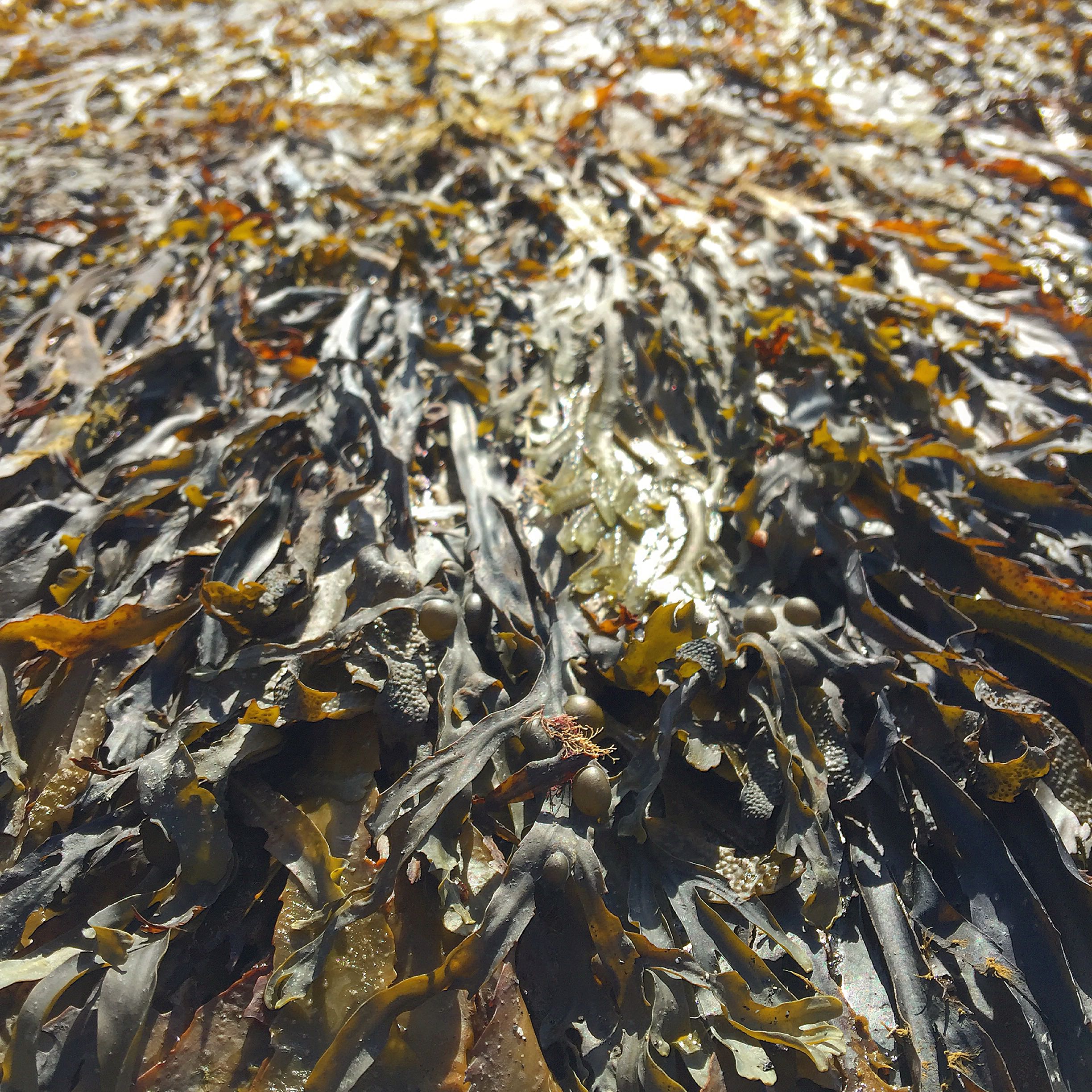Analysis of Seaweed Samples at Celignis
Background
In recent years there has been a significant interest in the potential for using seaweed (or macroalgal biomass) for the production of energy, biofuels, and chemicals
through a biorefining approach. This is for a number of reasons.
Firstly, since seaweed is an aquatic biomass, its utilisation does not cause food-vs-fuel or land-use conflicts, both of which can occur when land or biomass which could be used for food production is instead used for energy. Also, since seaweed is a fast growing feedstock that does not an existing resource that can be potentially harvested over several harvest cycles over the year in numerous locations around the world, it is an abundant existing biomass resource that can make a significant contribution to the bioeconomy and targets regarding bioenergy, biofuels, and bio-products.
Additionally, the chemistry of seaweed constituents offer the potential to extract numerous high value chemicals many of which could not be sourced from lignocellulosic biomass.
Firstly, since seaweed is an aquatic biomass, its utilisation does not cause food-vs-fuel or land-use conflicts, both of which can occur when land or biomass which could be used for food production is instead used for energy. Also, since seaweed is a fast growing feedstock that does not an existing resource that can be potentially harvested over several harvest cycles over the year in numerous locations around the world, it is an abundant existing biomass resource that can make a significant contribution to the bioeconomy and targets regarding bioenergy, biofuels, and bio-products.
Additionally, the chemistry of seaweed constituents offer the potential to extract numerous high value chemicals many of which could not be sourced from lignocellulosic biomass.
Seaweed composition differs greatly from that of lignocellulosic biomass. For instance, while lignin forms a significant proportion of
lignocellulose, it is absent in seaweed. The other two constituents of lignocellulose are cellulose and hemicellulose, however seaweed hemicelluloses differ substantially from
those in terrestrial biomass and cellulose is typically present in
much smaller amounts in seaweed. There are also a number of polysaccharides that are unique to seaweeds.
In many of these polysaccharides, sugars that are not present in lignocellulose, or are only present in small amounts, are present in significant quantities. For example, uronic acids are much more prevalent in seaweed, including mannuronic acid and guluronic acid which are absent from most lignocellulosic biomasss. The deoxy sugars fucose and rhamnose are also much more prevalent in seaweed, as is the sugar alcohol mannitol.
In many of these polysaccharides, sugars that are not present in lignocellulose, or are only present in small amounts, are present in significant quantities. For example, uronic acids are much more prevalent in seaweed, including mannuronic acid and guluronic acid which are absent from most lignocellulosic biomasss. The deoxy sugars fucose and rhamnose are also much more prevalent in seaweed, as is the sugar alcohol mannitol.
In addition to being significantly different from lignocellulose, the chemistry of seaweeds can also vary greatly between different species. Seaweeds are classed
into three main groups (brown (Phaeophyceae), red (Rhodophyceae), and green (Chlorophyceae)) and there are characteristic differences between each type.

Brown seaweeds have been particularly focussed on in recent years as potential biorefinery feedstocks. Laminaria digitata and Saccharina latissima
are examples of brown seaweeds.
Carbohydrate Composition of Brown Seawed
Laminarin is one of the polysaccharides found in brown seaweeds. It functions
primarily as a carbohydrate reserve and consists of
a mainchain of glucose with some side chains, also of glucose. The degree of polymerisation of this polysaccharide is around 25, with either mannitol
or glucose as the terminal sugar. Mannitol is also another important cabrohydrate reserve in brown seaweeds.
Fucoidans are another major polysaccharide in brown seaweed. They consist of a backbone of sulphated fucose with additional substitutions involving galactose and acetate.
Alginic acid is a brown seaweed polysaccharide that contain boths guluronic acid and mannuronic acid in linear chains with the relative proportions of mannuronic acid to guluronic acid varying from ratios of 1.2 to 2.1 or greater. Within this linear chain these hexuronic acids tend to be arranged in C5 epimer blocks of one or the other, although less crystalline blocks involving both sugars can also be present.
Cellulose is only present in minor amounds in brown seaweeds.
Fucoidans are another major polysaccharide in brown seaweed. They consist of a backbone of sulphated fucose with additional substitutions involving galactose and acetate.
Alginic acid is a brown seaweed polysaccharide that contain boths guluronic acid and mannuronic acid in linear chains with the relative proportions of mannuronic acid to guluronic acid varying from ratios of 1.2 to 2.1 or greater. Within this linear chain these hexuronic acids tend to be arranged in C5 epimer blocks of one or the other, although less crystalline blocks involving both sugars can also be present.
Cellulose is only present in minor amounds in brown seaweeds.
Other Constituents and Seasonality in Brown Seaweed
Ash can be a major constituent in brown seaweeds, reaching levels of over 35% in some cases. Protein can also be an important mass component.
It is important to note that the composition of brown seaweed can vary substantially according to species and season. For instance, laminarin can be in concentrations of less than 1% or over 30%, depending on the season. Similarly, the amount of mannitol can vary by an order of magnitude, whilst alginate can be less than 20% or more than 40%, depending on the season. Due to this great variation in composition we strongly recommend that samples are analysed directly, for instance with one of our seaweed analysis packages, rather than using data from the literature.
It is important to note that the composition of brown seaweed can vary substantially according to species and season. For instance, laminarin can be in concentrations of less than 1% or over 30%, depending on the season. Similarly, the amount of mannitol can vary by an order of magnitude, whilst alginate can be less than 20% or more than 40%, depending on the season. Due to this great variation in composition we strongly recommend that samples are analysed directly, for instance with one of our seaweed analysis packages, rather than using data from the literature.

Examples of red seaweeds include Kapphaphycus alvarezii, Gracilaria salicornia, and Gelidium amansii.
Carbohydrate Composition of Red Seawed
In red seaweeds the main polysaccharides are agar, carrageenan, cellulose, and mannan. Agar is a mixture of agarose, the major component, and agaropectin. Agarose is a linear
polysaccharide that consists of a backbone of galactose and 3,6-anhydro-galactose, with these two sugars existing as a repeating disaccharide unit. Carrgeenan
also contains these two sugars but they can exist in sulphated and non-sulphated forms. There are different classes of carrageenans and these differ according to the
number and position of the sulphate groups. Mannan is a polysaccharide of mannose and can be sulphated in some cases.
Examples of green seaweeds include Ulva lactuca and Ulva pertusa.
Carbohydrate Composition of Green Seawed
In green seaweeds the main polysaccharides are cellulose, ulvan, and mannan. The main constituents of ulvan are rhamnose,
xylose, and
glucuronic acid.
Our expertise with ion chromatography has allowed us to develop protocols for determining the carbohydrate
and amino acids composition of brown seaweeds.
Analysis package P71 - Seaweed Carbohydrates will give contents for the neutral sugars glucose, xylose, mannose, arabinose, and galactose, as well as the deoxy sugars fucose and rhamnose, the sugar alcohol mannitol, and the uronic acids mannuronic acid, guluronic acid, glucuronic acid, and galacturonic acid.
Analysis package P72 - Seaweed Amino Acids will give the amounts of 12 different amino acids present in seaweed samples.
While these analyses packages are tailored towards the analysis of brown seaweeds we can also analyse red and green seaweeds. Please get in touch if you would like to find the value of these types of macroalgae.
Analysis package P71 - Seaweed Carbohydrates will give contents for the neutral sugars glucose, xylose, mannose, arabinose, and galactose, as well as the deoxy sugars fucose and rhamnose, the sugar alcohol mannitol, and the uronic acids mannuronic acid, guluronic acid, glucuronic acid, and galacturonic acid.
Analysis package P72 - Seaweed Amino Acids will give the amounts of 12 different amino acids present in seaweed samples.
While these analyses packages are tailored towards the analysis of brown seaweeds we can also analyse red and green seaweeds. Please get in touch if you would like to find the value of these types of macroalgae.





